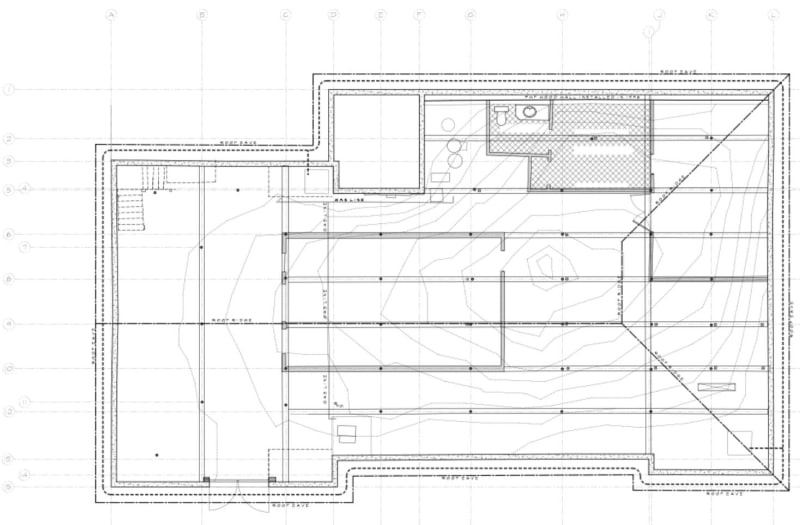SteelPE
Structural
- Mar 9, 2006
- 2,759
I have a project that I am working on that is currently under construction (IBC 2015). The building is a single-story masonry bearing building supporting open-web steel joist and metal decking. Steel erection began last week and today I was told by the steel fabricator (who I work very closely with) that the masonry wall is out of plumb over 120’ of a 300’ long masonry wall. The wall is quite tall 29’ and I have been on the GC from the beginning about proper construction of the perimeter walls.
I don’t know exactly why the wall is out of plumb. I am guessing it wasn’t quite properly braced as during my last site visit, I found a large brace that wasn’t anchored to the deadman. It is in this area that the wall is out of plumb.
How do you go about fixing a masonry wall that is out of plumb? I can’t say that in 20 years I have ever had this happen before.
The out of plumbness is causing joist bearing issues on the wall (which is how this error was picked up).
I am not exactly thrilled at the moment.
I don’t know exactly why the wall is out of plumb. I am guessing it wasn’t quite properly braced as during my last site visit, I found a large brace that wasn’t anchored to the deadman. It is in this area that the wall is out of plumb.
How do you go about fixing a masonry wall that is out of plumb? I can’t say that in 20 years I have ever had this happen before.
The out of plumbness is causing joist bearing issues on the wall (which is how this error was picked up).
I am not exactly thrilled at the moment.


